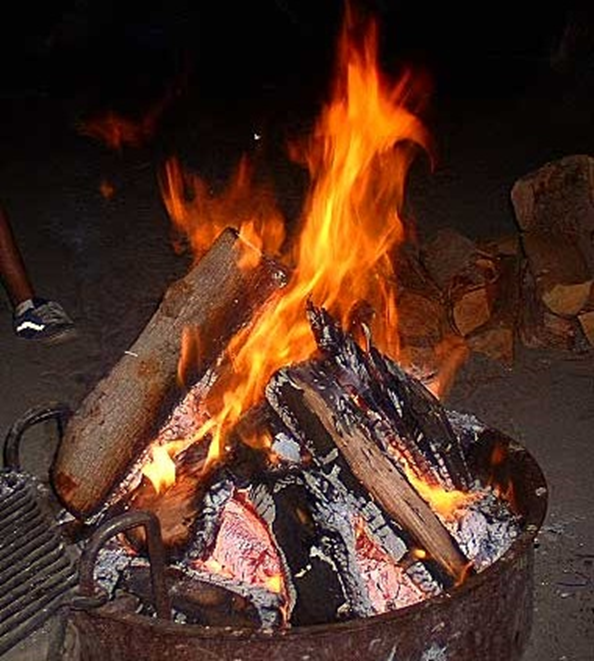Law of Conservation of Matter
What is conservation of mass?
The law of conservation of mass states that, during processes like chemical reactions, matter can neither be created nor destroyed.
What is an example of conservation of matter?
A common example of the law of conservation of matter is the reaction of baking soda and vinegar. At first glance, the reaction seems to finish with less mass than it started with. But by placing a balloon atop the reaction container, one can see that the lost mass is actually due to the creation of a gas called carbon dioxide.
What does the law of conservation of matter state?
The law of conservation of matter states that no matter can ever be created or destroyed. Chemical reactions simply rearrange atoms to form new compounds.
he law of conservation of matter, also know as "the law of conservation of mass," states that matter can neither be created nor destroyed. The law's modern form stems from Antoine Lavoisier's work with chemical reactions in the late 18th century. It replaced the phlogiston theory, which stated that mass was destroyed during combustion processes.
Lavoisier's new theory, along with the work of countless other scientists, helped lay the groundwork for the discovery of the chemical elements and, eventually, the periodic table. It has now been so thoroughly tested and is so universally accepted, that it is considered a scientific law.
Matter is defined as physical material that occupies space and possesses mass. The phlogiston theory, which had a very long history, was built upon the observation that fuel loses mass as it burns. This is a correct observation: after you burn a piece of wood, the wood has less mass than it did prior to burning. But the phlogiston theory did not take into account the escape of gases. Burning wood releases carbon dioxide, water vapor, and aerosols. The weighing of these gases was impossible until the invention of the vacuum pump in the 17th century. This invention allowed scientists to weigh gases and to eventually prove that mass was not destroyed during combustion processes. Rather, the mass is simply transformed into gases.
This conclusion is essentially true with all chemical reactions. In all cases, atoms are not created or destroyed; they are simply broken apart, rearranged, or put together in new ways. Of course, these new resulting combinations of atoms can form very new, very different substances. But the mass of the atoms before the reaction and the mass of the atoms after the reaction are always equal.
Modern exceptions to this law have been made to allow for nuclear processes, including fusion, fission, and matter-antimatter reactions. In these cases, mass can be converted into energy and vice versa.
For chemists, the implications of this law are many. First, the law allowed for chemical reactions to be fully understood and fully quantified. Previously ignored chemical substances (like carbon dioxide being released from a fire) were studied and measured.
The law also allows scientists to predict the mass of the products in a chemical reaction. This can be vital in a variety of situations. Rocket fuel, for example, is specifically formulated with the right ratio of kerosene and liquid oxygen so that it burns fully and completely. Knowing the mass of the two products being burned allows scientists to predict exactly how carbon dioxide and water vapor will be produced. From there, scientists can estimate the mass and velocity of the exhaust gases and predict the amount of thrust that a rocket engine will provide.

Комментариев нет:
Отправить комментарий